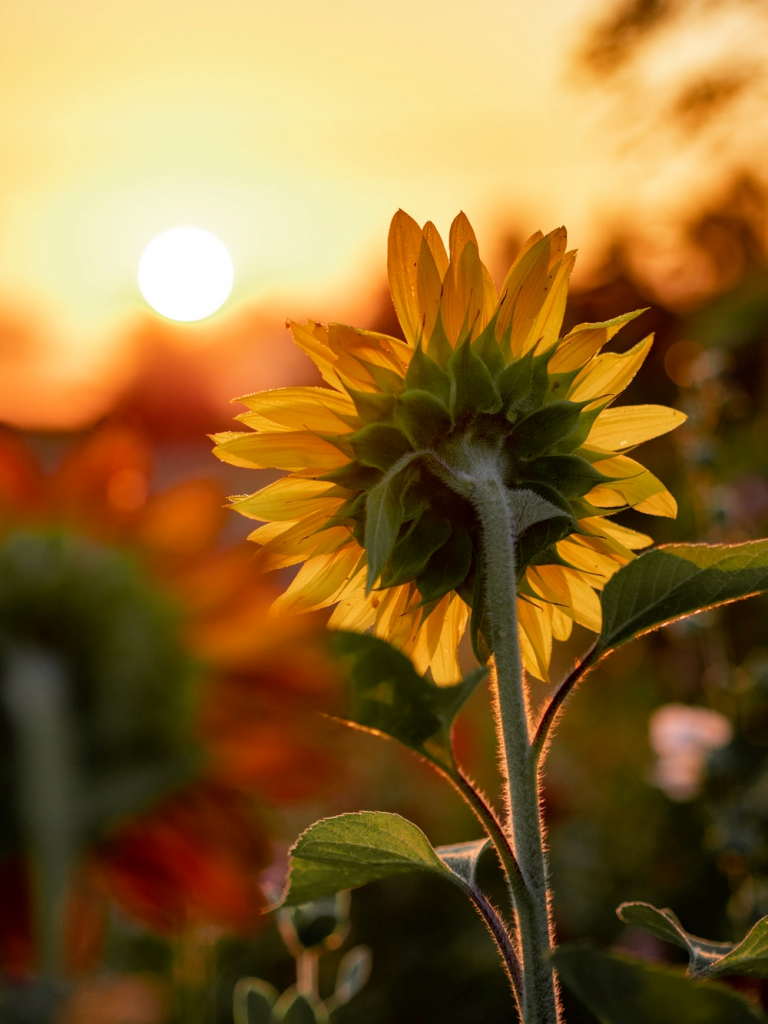Natural knowledge may help us to know this world and nature well. Social development and advanced technology often have been invented and gained inspiration from Nature. Well, around us there are so many natural phenomenon waiting us to learn and know it. Hereby, let us study some basic natural knowledge as well.

Why does sunflower always blossom towards the sun?
The stem beneath the sunflower disk contains a substance is called auxin. This substance has the function of accelerating reproduction, but it is also resistance to optical rotation and flee to the backlight side whenever it encounters sunlight. So when the sun rises, the stem of the sunflower immediately hides behind the sunlight and looks like the whole plant is bending in the direction of the sun.

Why do fireflies glow?
Fireflies may light because they have a light emitter at the end of their abdomen. The light emitter is filled with phosphorus-containing luminescent substances and ferment that enable the firefly to be flickering. The purpose of firefly’s lighting is not only lighting, but also courtship, alertness and entrapping for food. It is also a communication tool for different fireflies. Different fireflies emit different kinds of light in different ways, frequencies and colors, and they convey different messages.

Why is squirrel’s tail particularly large?
Don’t look down on the squirrel’s tail! When the squirrel is jumping up and down in the tree, its tail is playing a great role. It can balance squirrels jumping on trees and avoid falling down. In addition, this big tail can play a more protective role in winter, tightly around the squirrel’s body, both convenient and practical.

Why do cicadas shed their skin?
The outer shell (exoskeleton) of a cicada is hard and cannot be enlarged with the cicada’s growth. When the cicada grows to a certain stage, the exoskeleton of the cicada restricts the cicada’s growth. The cicada removes the original exoskeleton, which is the Cicada Slough.

How bees make honey?
Bees spit the sweet juice from the flowers into an empty hive, and at night, they suck the sweet juice into their honey stomach for refining, and then spit it out, then swallow it in again, repeatedly many times to 100-240 times, and finally sweet honey could be produced.